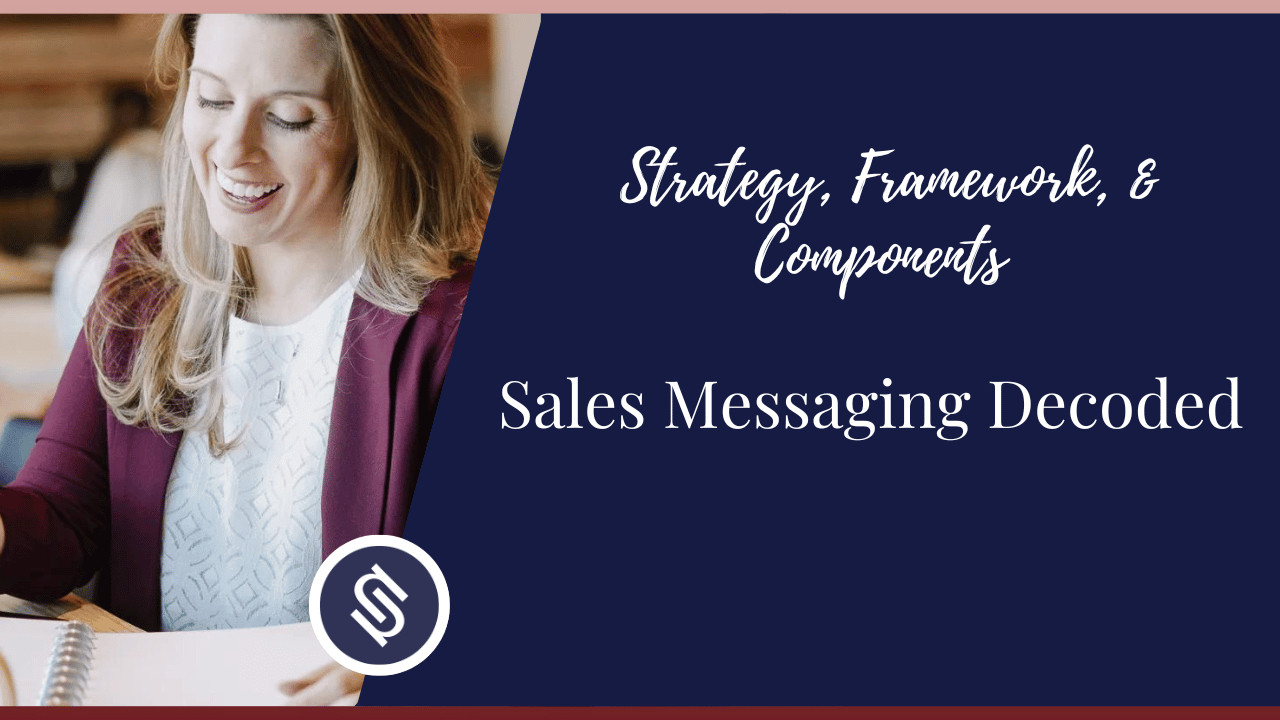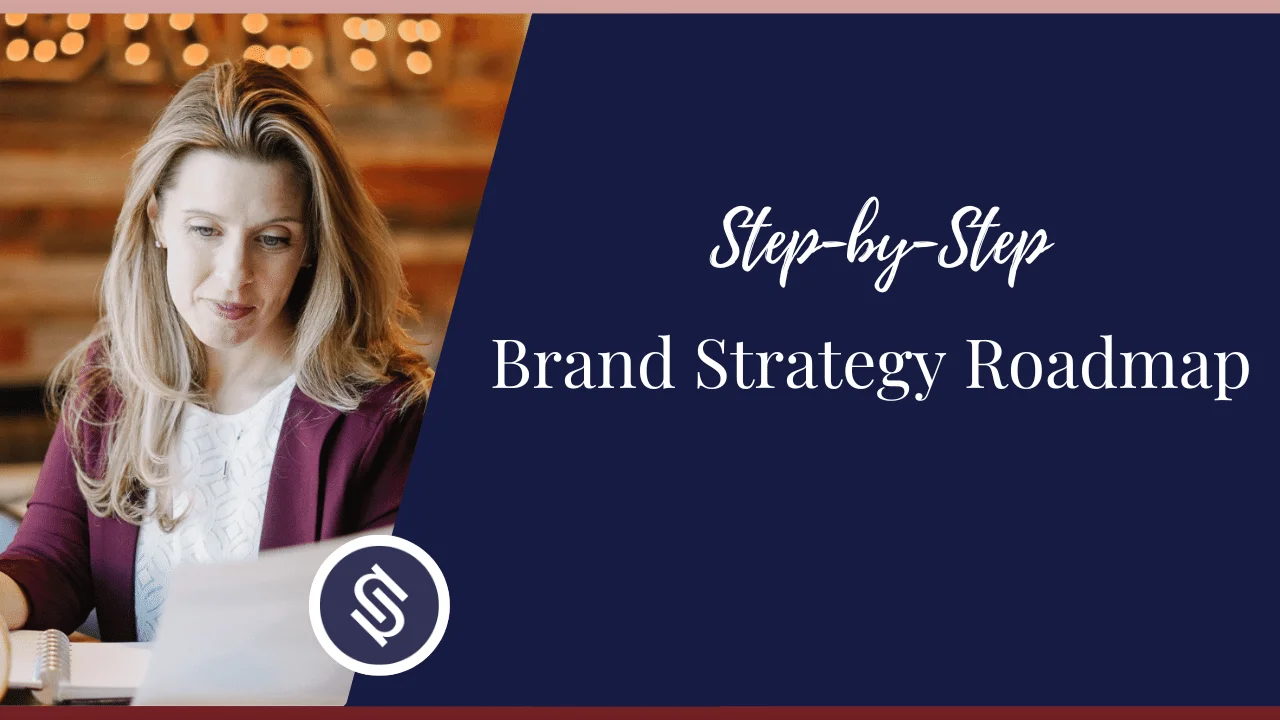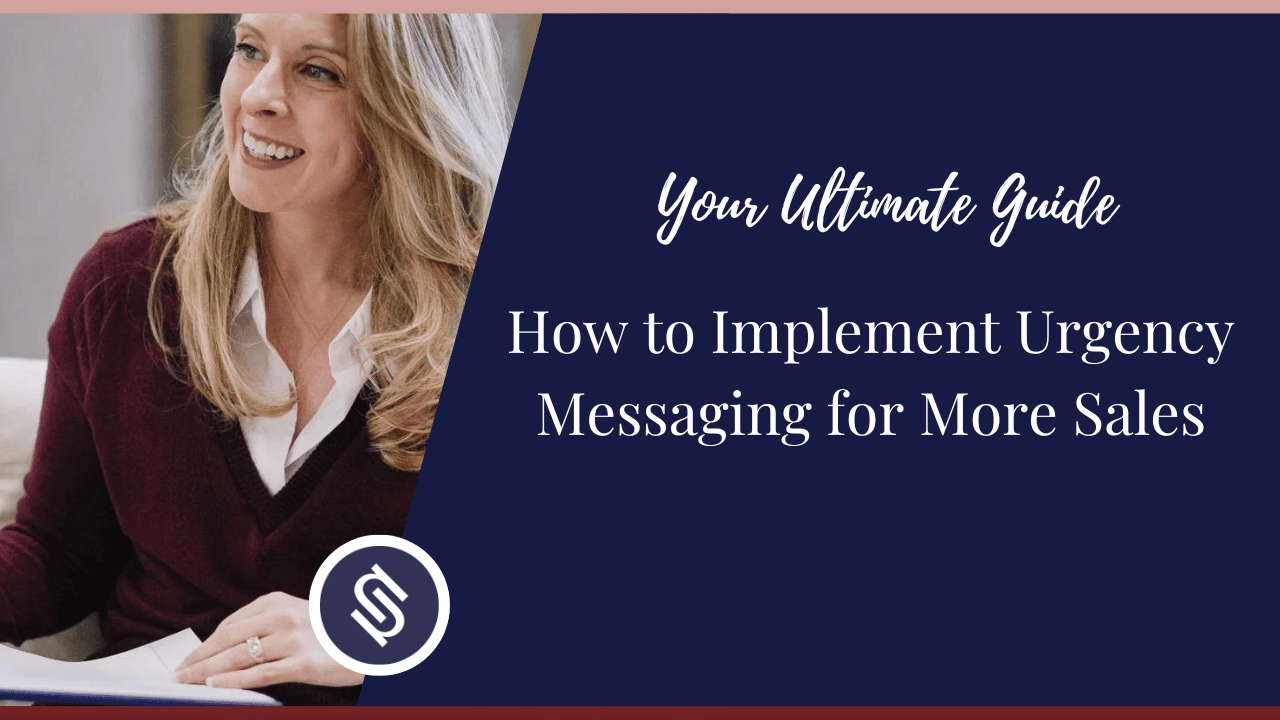Have you ever encountered an ad that kept popping up on your feed? Annoying, wasn’t it?
Most of the time, it’s not that the ads themselves were terrible or boring. It was that the same ads appeared too frequently–to the point of becoming a nuisance.
And for brands running such ads, the outcome could be far worse than a slight inconvenience. They may end up with a damaged image and poor sales.
Studies show that 71% of people say that annoying ads make them less likely to purchase from a brand. Yikes!
So, how do you bring your brand to your audience’s attention without bugging them?
The technique is called sequential messaging.
Hop on a discovery call with me, Nora Sudduth, to learn more about messaging, marketing strategy, and how to craft your next successful marketing campaign.
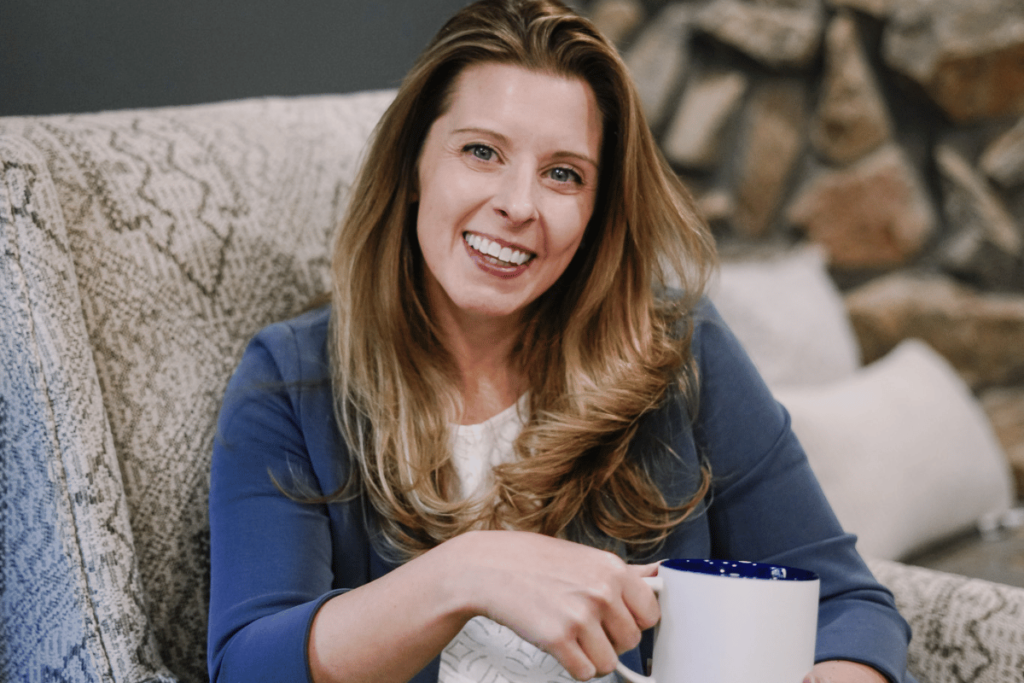
What is Sequential Messaging?
Sequential messaging is a marketing technique that involves presenting various messages in a specific order to the same audience segment.
This targeted brand messaging strategy is shaped by your audience’s past interactions, preferences, and activity.
Think of it as a storytelling technique. You’re telling your audience one story in three main parts: beginning, middle, and end.
These parts tell different messages but share one cohesive or overarching idea about your brand or product. Altogether, they achieve one goal: conversions.
What is Sequential Advertising?
Sequential advertising means showing different ads to the same audience segment to lead them to the end of their customer journey.
This technique keeps your content fresh, preventing ad fatigue–which occurs when ads become ineffective because your audience sees the same ones too often.
What is Sequential Targeting and Sequential Retargeting?
Sequential targeting and sequential retargeting are types of sequential messaging strategies where a series of messages are shown to a specific audience segment to nurture prospects and convert an audience into customers.
The main difference between the two lies in who the messages are presented to.
- Sequential targeting presents messages to cold audiences or those you haven’t reached or connected with before.
- Sequential retargeting, also called sequential remarketing, reaches audiences with which you’ve already had previous touchpoints.
For example, you can retarget audiences who left your website or abandoned a cart.
Example of a Sequential Messaging Strategy
Sequential messaging is a good strategy to capture untapped audiences or encourage your target market to engage meaningfully with your brand.
Here’s an example of this technique in action:
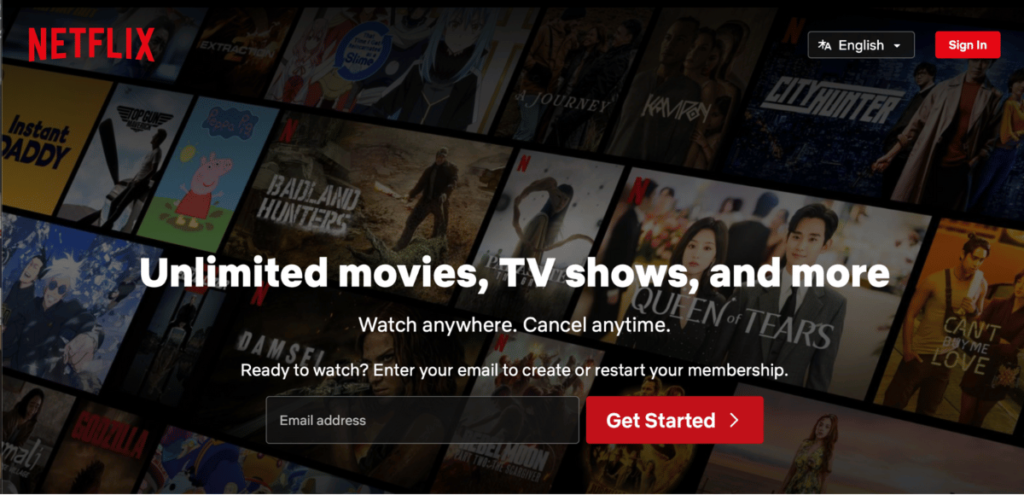
Netflix, a movie-streaming service, is a binge-watcher’s dream in their homepage messaging: “unlimited movies, TV shows, and more.”
People who visit their website are either already subscribed or deeply interested in doing so. Netflix doesn’t waste above-the-fold real estate and goes straight to inviting people to “Get Started.”
Since Netflix is a SaaS company that relies on subscribers renewing their membership each month, it employs strong retargeting techniques to keep bringing the value of its service to its customers’ attention.
Once you’re subscribed, Netflix delivers messages tailored to your experience and your stage in the customer journey–in this case, that of an active subscriber.
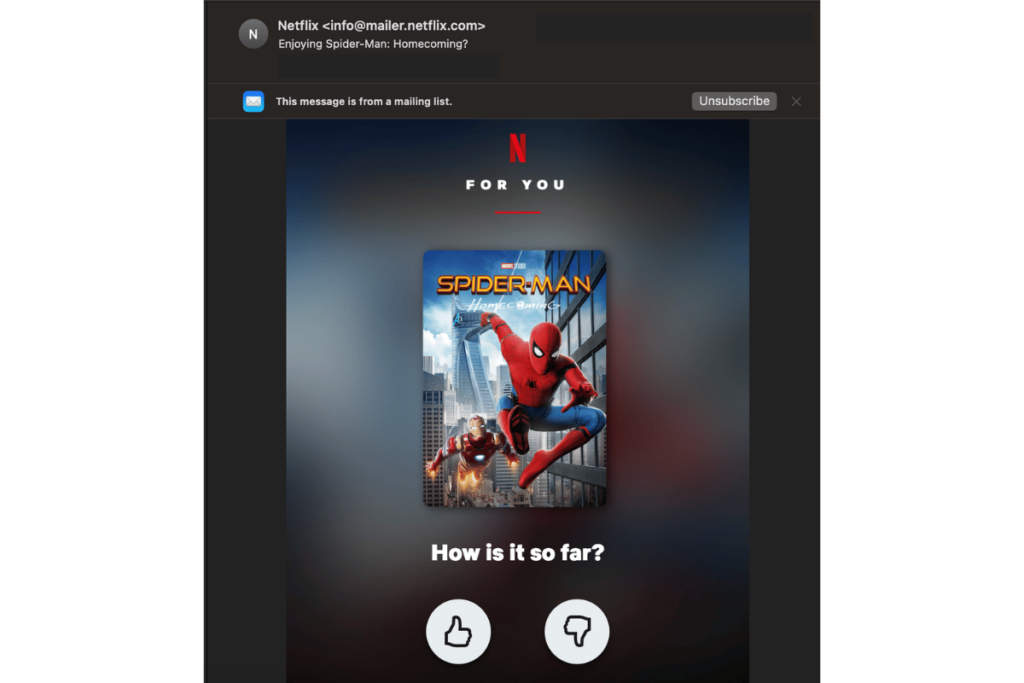
Personalized emails that ask about your experience are a fantastic way to maximize customer touchpoints and encourage loyalty.
They encourage active customers to keep subscribing and provide the company with important insights about customer preferences, enabling them to deliver more movies suited to each customer’s tastes.
Sequential messaging often applies to ads, but just like in this example, it works with other strategies as well, such as email and even SMS marketing.
How Does Sequential Messaging Work?
This strategic messaging technique delivers a series of messages to the same audience segment.
The order in which these messages are presented depends on your target audience’s interactions with your brand, buyer behavior, and customer preferences.
The goal is to convert your audience into customers by guiding them through different levels of the marketing funnel–from awareness down to conversion.
For example, when a customer clicks on an ad, you can retarget them by showing them a blog post explaining product features or benefits and then send them to a landing page where they can finally make a purchase.
Let’s break down the phases of sequential messaging:
- Beginning: Introduce your brand or product to your audience. Acts as a hook that lures people to learn more.
- Middle: Builds on your previous message and your audience’s past interactions with you. The goal is to educate them about the value of your brand and persuade them to engage or erase any doubts or hesitations they may have.
- End: Characterized by a strong call to action and aimed at converting your audience into customers.

Benefits of Sequential Marketing
Sequential marketing benefits brands by encouraging a seamless transition from each level of the marketing funnel.
But that’s not its only advantage.
Keeps Your Brand Fresh
According to research by Simulmedia, an ad’s first exposure is its most effective. The more times people see the same ad, the less successful it becomes at engaging audiences.
Sequential messaging enables you to give your audience fresh, relevant, and personalized content. People are less likely to dismiss it or, worse, shrug it off as just another annoying ad.
Enhances Brand Recall
Your messaging is more coherent and memorable, resulting in branding that sticks.
You can stock it up on the idea that sequential messaging is more like telling a story to an audience that’s paying attention.
Not only is the technique itself more engaging, but it also maintains your connection with your audience, which allows you to leave a much deeper impression.
Puts You Top-of-Mind
As you maintain consistent communication with your audience, you’re growing your chances of being the brand that first comes to mind when they need something you offer.
Influences Decision-making
You’ll be able to educate your audience about your brand according to where they are in the customer journey.
For instance, are they weighing their options? Wow them on your edge over the competition. Have they just become aware of a problem? Present yourself as the solution.

How to Develop a Sequential Messaging Strategy
Let’s get to the fun part: building a sequential messaging strategy for your brand.
Here’s how to do it:
Set Your Objectives
Define what you want to accomplish with your messaging strategy, whether improving brand recall, generating more leads, or increasing the number of sign-ups.
Identify Your Target Audience
Get to know your customers in-depth. Understand their motivations, likes and dislikes, hobbies, pain points, and preferences.
Then, establish your ideal customer profiles and use them to ensure that your messaging speaks directly to each customer. You want to be like a friend who knows exactly what will get their attention.
Map Out the Customer Journey
Draw the customer journey to identify important touchpoints, determine key messages for each stage, and catch potential gaps or points where your audience may lose interest.
Determine Content Formats and Channels
Now, choose the platforms to use. Your brand identity and target audience should dictate where you engage cold audiences and nurture warm leads.
For instance, does your target audience engage most with video content? Are they on TikTok? Where do they spend their online activity? That’s where you need to be.
Still unsure where or how to start? Start a FiniSprint with me to get one-on-one coaching, real-time support, and time-saving tools to go from “to-do” to done!

Steps to Implement Sequential Messaging
With a plan in place, you can proceed to implementing your messaging strategy.
Here’s a quick step-by-step guide:
Step 1: Start with Leads
By now, you should have an idea of who to target. But let’s take it a little further. Refine your audience by identifying high-quality leads. You can do so by filtering according to age, location, or past interactions.
The more likely they are to engage with your content, the more successful your campaign will be. Also, starting with leads will ensure you don’t waste time and money targeting a whole host of people who simply are unlikely to be interested.
Step 2: Shape Your Messaging
Use the insights gained from your customer journey and target audience to craft messaging that resonates.
Draw from your audience’s beliefs, aspirations, and needs to determine the best messaging for each stage of the customer journey.
This is often the stage that brands find the most challenging. Shaping your messaging doesn’t mean summarizing your best features and transforming them into a catchy tagline.
It’s digging deep to understand who you are as a brand and knowing how to communicate that in the most compelling and impactful way.
That’s why working with a brand strategist can mean the difference between winning and losing customers. It takes the experience, knowledge, and intuition of a marketing pro.

Step 3: Create Attention-Grabbing Content
Now, express your messaging by translating it into content–whether that be for display ads, email marketing, or social media.
Take home these tips for effective content creation:
- Use a consistent style, tone, and personality to make your brand recognizable and memorable.
- Use content formats that appeal to your audience.
- Use storytelling techniques (like an enticing intro and conflict) to create an emotional connection and humanize your brand.
Step 4: Target the Right Platforms
Once you’ve created great content, make sure people see it!
Consider the online platforms your audience uses (social media or websites) and the devices they’re on.
Placing and optimizing your content for web and mobile, for instance, will impact how many people view your content properly.
Step 5: Test and Analyze Results
Monitor key metrics, like ad performance, impressions, and engagement, to see how your strategy is doing.
You can also test your messaging by running A/B tests, tracking activity on different platforms, and reviewing other performance indicators, like traffic and sales.
Be open to the idea of regularly revising your messaging to improve its performance. You don’t have to perfect it in the first iteration.

Frequently Asked Questions (FAQs)
Want to learn more about sequential messaging? Check out the most commonly asked questions below:
How Can I Measure the Success of Sequential Messaging Campaigns?
Collecting data, monitoring performance metrics, and analyzing results will help determine whether your campaign is working.
Compare results against the objectives set during the planning stage to identify gaps or opportunities for improvement.
What Are the Common Challenges with Sequential Messaging?
Here are common challenges with sequential messaging:
- Building messaging that resonates: Sequential marketing is intelligent retargeting of a specific audience segment. It takes an in-depth understanding of your audience and the customer journey to create sequences that meet customer needs at every stage of the marketing funnel.
- Creating a cohesive story: Maintaining a cohesive narrative can be challenging when creating different messages. The solution is to begin with an overarching idea (like a plot for a novel) that you stick to, which directs the course of all messages at various stages.
How Does Sequential Messaging Differ from Traditional Messaging?
Unlike traditional messaging, which presents a static message or idea, sequential messaging shows a series of messages at various levels of the marketing funnel.
Sequential messaging can also level up your marketing game by keeping content fresh and delivering messages that match customer needs, particularly at each stage in the customer journey.
What Tools and Platforms Support Sequential Messaging?
Sequential messaging works on every platform you can think of–from email to social media.
You can place ads on social media sites like Facebook, create email and SMS sequences for when customers leave your website, or feature ads on search engines.
Can Sequential Messaging be Automated?
Sequential messaging can be automated.
For example, you can set up email messages that customers receive when they abandon their cart or end a subscription.
However, you still need the knowledge and experience of a branding expert to shape your messaging and target high-quality leads.
Conclusion
There’s a way to keep your brand fresh and interesting, capture your audience at various levels of the customer journey, and improve your bottom line. It’s called sequential messaging.
As you begin working on a game plan for your brand, remember these key takeaways:
Refine your target audience to target high-quality leads, use data from market research to shape your messaging, develop attention-grabbing content, and tell one compelling narrative using a messaging sequence.
I know it’s a lot of work! And you shouldn’t just wing it if you want to see results.
Hire a pro to take the load off you. I’ve worked with various brands and helped them sell over $500M worth of products and services. Let’s connect to see how we can do the same for you. Book a discovery call with me today!



![Featured Image - How to Implement Sequential Messaging [From Scratch]](https://norasudduth.com/wp-content/uploads/2024/05/How-to-Implement-Sequential-Messaging-From-Scratch.png)
